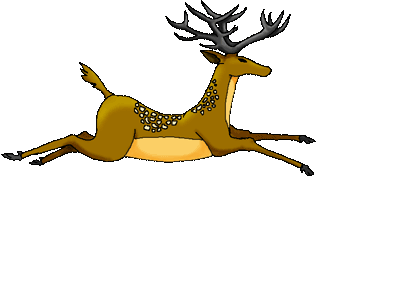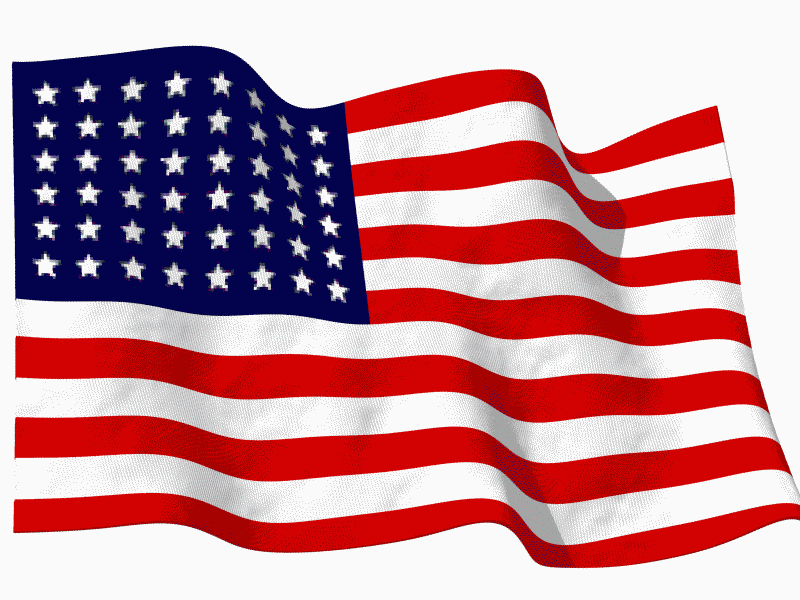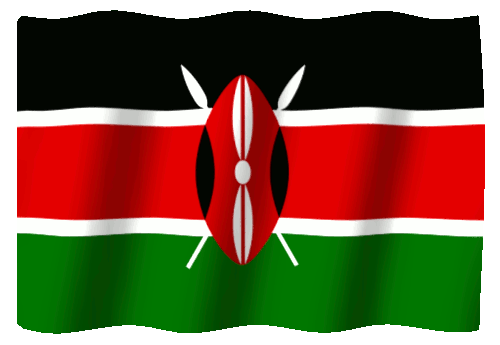Breaking News
 Building While Burning: When Power Taxes the Poor and Exports Its Talent.
Building While Burning: When Power Taxes the Poor and Exports Its Talent.
 Danger Doesn’t Always Come from Strangers: A Kenyan Diaspora Tragedy In Australia.
Danger Doesn’t Always Come from Strangers: A Kenyan Diaspora Tragedy In Australia.
 DIASPORA TIMES AVIATION TRIBUTE SERIES: LEGENDS OF THE SKIES A Life Above the Clouds: Honoring Asha Mohamed’s 37-Year Legacy with Kenya Airways.
DIASPORA TIMES AVIATION TRIBUTE SERIES: LEGENDS OF THE SKIES A Life Above the Clouds: Honoring Asha Mohamed’s 37-Year Legacy with Kenya Airways.
 Enough of Experiments and Excuses: In 2027, Nairobi Needs Pauline Njoroge, Not Another Political Project.
Enough of Experiments and Excuses: In 2027, Nairobi Needs Pauline Njoroge, Not Another Political Project.
 Handouts Are Not Policy, They Are Proof of Failure: A Nation On Handouts And A Leadership In Denial.
Handouts Are Not Policy, They Are Proof of Failure: A Nation On Handouts And A Leadership In Denial.





